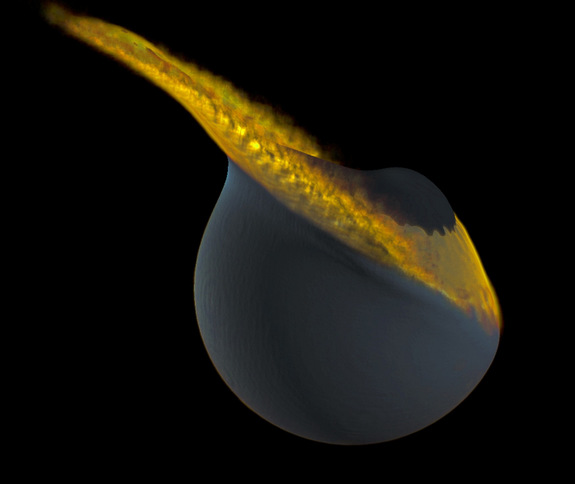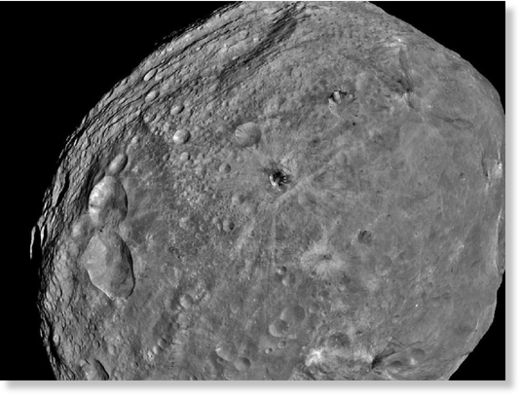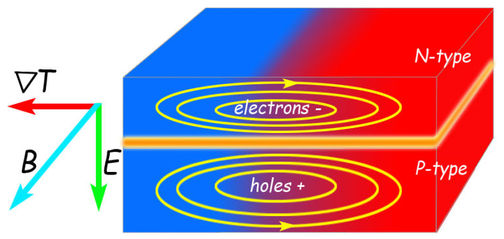
© AntagainMight this bee be blue?
If you've never watched bees carefully, you're missing out. Looking up close as they gently curl and uncoil their tapered mouths toward food, you sense that they're not just eating, but enjoying. Watch a bit more, and the hesitant flicks and sags of their antennae seem to convey some kind of emotion. Maybe annoyance? Or something like agitation?
Whether bees really experience any of these things is an open scientific question. It's also an important one with implications for how we should treat not just bees, but the great majority of animals. Recently, studies by
Geraldine Wright and her colleagues at Newcastle University in the UK have rekindled debate over these issues by showing that honeybees may experience something akin to moods.
Using simple behavioral tests, Wright's research team
showed that like other lab-tested brooders -- which so far include
us, monkeys,
dogs, and
starlings -- stressed bees tend to see the glass as half empty. While this doesn't (and can't) prove that bees experience human-like emotions, it does give pause. We should take seriously the possibility that it feels like something to be an insect.
As invertebrates -- animals without backbones -- bees are representatives of a diverse group accounting for over 95 percent of animal species. But despite their prevalence, not to mention their varied and often nuanced behaviors, invertebrates are sometimes regarded as life's second string, as a mindless and unfeeling band of alien critters. If that seems a bit melodramatic, just consider our willingness to boil some of them alive.




